
Tableau Training Course In Dehradun
Mode : hybrid
duration: 1.5 Months

Data Science Online Course
Mode : hybrid
duration: 6 months

Data Analytics Online Course
Mode : hybrid
duration: 6 months

R Programming Course
Mode : hybrid
duration: 1.5 Months
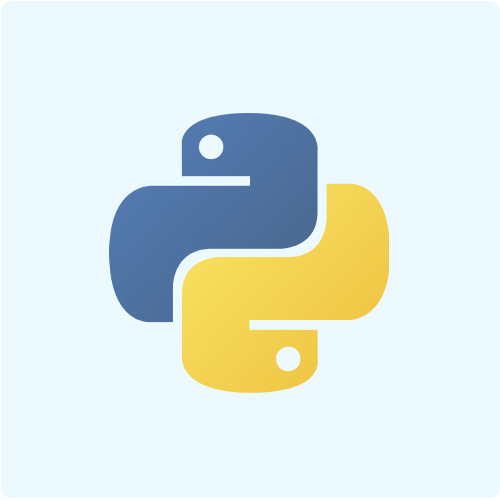
Python Course in Dehradun
Mode : hybrid
duration: 3 Months

Advance Excel Course In Dehradun
Mode : hybrid
duration: 1.5 Months

Data Analytics Course In Dehradun
Mode : hybrid
duration: 6 months

Data science course in Dehradun
Mode : hybrid
duration: 6 months

Data Science Course in Delhi
Mode : hybrid
duration: 6 months

CCNA Training Course
Mode : hybrid
duration: 1.5 Months

Machine Learning Course in Dehradun
Mode : hybrid
duration: 3.5 Months

Machine Learning Course In Delhi
Mode : hybrid
duration: 3.5 Months
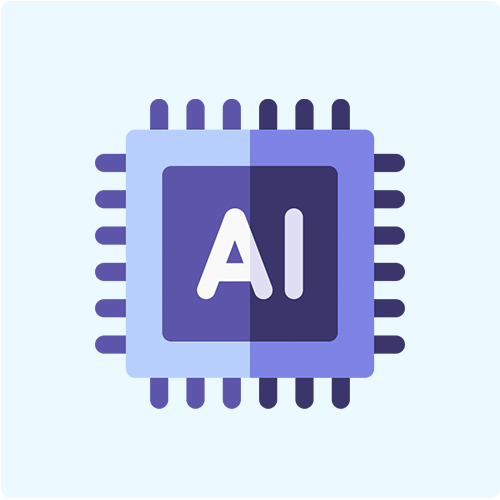
Artificial Intelligence Course In Dehradun
Mode : hybrid
duration: 3 Months

Data Analytics Course in Delhi
Mode : hybrid
duration: 6 months

Machine Learning Online Course
Mode : hybrid
duration: 3.5 Months
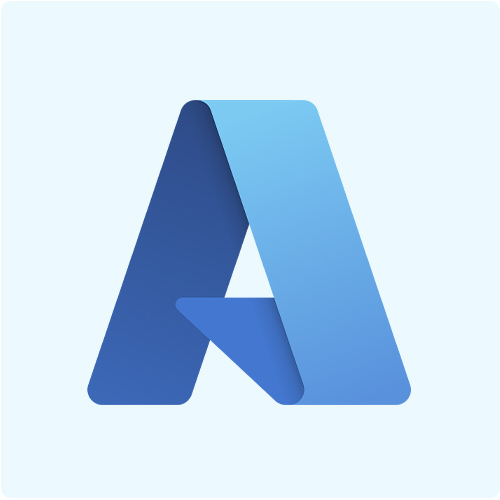
Azure Training Course In Dehradun
Mode : hybrid
duration: 3 Months

Artificial Intelligence Online Course
Mode : hybrid
duration: 3 Months

Full Stack Web Development Course In Dehradun
Mode : hybrid
duration: 6 months

Full Stack Web Development Course
Mode : hybrid
duration: 6 months

Cyber Security Course
Mode : hybrid
duration: 2 months

Cyber Security Course In Dehradun
Mode : hybrid
duration: 2 Months

Full Stack Web Development Course In Delhi
Mode : hybrid
duration: 6 Months

Tableau Online Course
Mode : hybrid
duration: 1.5 Months

Digital Marketing Course
Mode : hybrid
duration: 3 Months

Digital Marketing Course In Dehradun
Mode : hybrid
duration: 3 Months

Power BI Online Course
Mode : hybrid
duration: 2 Months

Data Science Python Online Course
Mode : hybrid
duration: 3 Months

Artificial Intelligence Course In Delhi
Mode : hybrid
duration: 3 Months

Python Course In Delhi
Mode : hybrid
duration: 3 Months

Front End Web Development Course In Dehradun
Mode : hybrid
duration: 3 Months
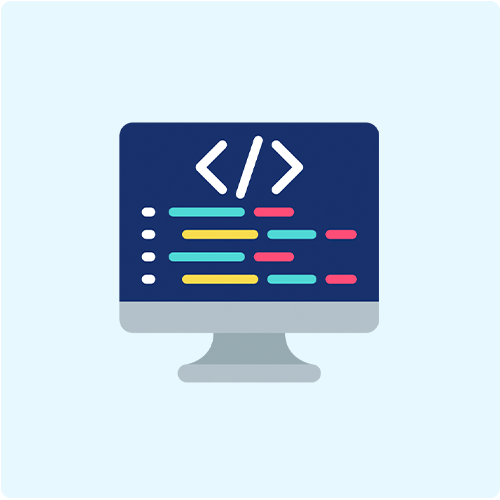
Backend Web Development Course In Dehradun
Mode : hybrid
duration: 2.5 Months

Microsoft Power BI Course In Dehradun
Mode : hybrid
duration: 2 months

Advance Excel Course In Delhi
Mode : hybrid
duration: 1.5 Months

Advance Excel course Online
Mode : hybrid
duration: 1.5 Months

AWS Certification Course
Mode : hybrid
duration: 1.5 Months

Front End Web Development Course
Mode : hybrid
duration: 3 Months
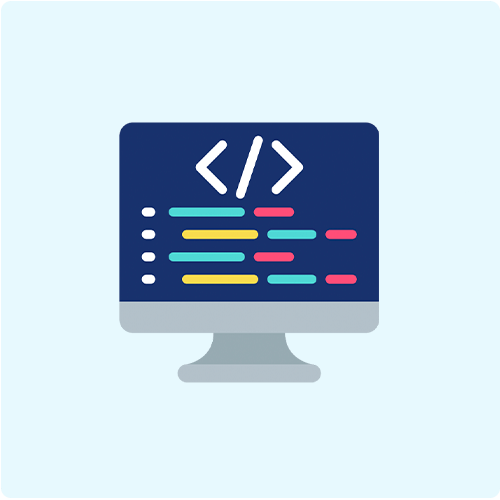
Backend Web Development Course
Mode : hybrid
duration: 2 Months

Python Online Course
Mode : hybrid
duration: 3 Months

AWS Solution Architect Course
Mode : hybrid
duration: 1.5 Months

AWS Solution Architect Course In Dehradun
Mode : hybrid
duration: 1.5 Months

Tableau Training Course In Delhi
Mode : hybrid
duration: 1.5 Months

Microsoft Power BI Course In Delhi
Mode : hybrid
duration: 2 Months
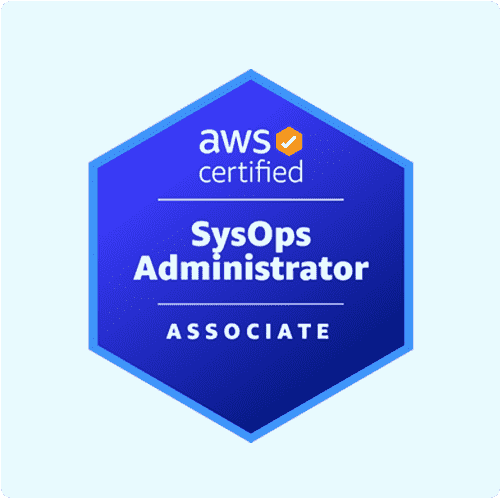
AWS SysOps Administrator Course
Mode : hybrid
duration: 1.5 Months

AWS Sysops Administrator Course In Dehradun
Mode : hybrid
duration: 1.5 Months

AWS Cloud Practitioner Certification Course
Mode : hybrid
duration: 1.5 Months

AWS Cloud Practitioner Certification In Dehradun
Mode : hybrid
duration: 1.5 Months

SAP HCM Course
Mode : hybrid
duration: 2 Months

SAP HCM Course In Dehradun
Mode : hybrid
duration: 2 Months

SAP HCM Course In Delhi & Noida
Mode : hybrid
duration: 2 Months

SAP MM Course
Mode : hybrid
duration: 2 Months

SAP MM Course In Dehradun
Mode : hybrid
duration: 2 Months

SAP MM Course In Delhi & Noida
Mode : hybrid
duration: 2 Months

SAP Successfactors Training
Mode : hybrid
duration: 2 months

SAP Successfactors Training In Delhi & Noida
Mode : hybrid
duration: 2 Months

SAP Successfactors Training in Dehradun
Mode : hybrid
duration: 1.5 Months

SAP FICO course
Mode : hybrid
duration: 2 months

SAP FICO course in Delhi
Mode : hybrid
duration: 2.5 Months

SAP FICO Training In Dehradun
Mode : hybrid
duration: 2 months

SAP ABAP Training
Mode : hybrid
duration: 2 Months

SAP ABAP Training In Delhi & Noida
Mode : hybrid
duration: 2 months

SAP ABAP Training In Dehradun
Mode : hybrid
duration: 2 Months

SAP PP Training
Mode : hybrid
duration: 2 Months

SAP PP Training In Delhi
Mode : hybrid
duration: 2 Months

SAP PP Training In Dehradun
Mode : hybrid
duration: 2 Months

ReactJS Course
Mode : hybrid
duration: 1.5 Months

ReactJS Course In Dehradun
Mode : hybrid
duration: 1.5 Months

ReactJS Course In Delhi
Mode : hybrid
duration: 1.5 Months

MongoDB Course
Mode : hybrid
duration: 1 Month

MongoDB Course In Dehradun
Mode : hybrid
duration: 1 Month

MongoDB Course In Delhi
Mode : hybrid
duration: 1 Month

Node Js Course
Mode : hybrid
duration: 1.5 Months

Django Course In Dehradun
Mode : hybrid
duration: 2 Months

Django Course
Mode : hybrid
duration: 2 Months

Node Js Training In Delhi
Mode : hybrid
duration: 1.5 Months

Django Course In Delhi
Mode : hybrid
duration: 2 Months

Node Js Training In Dehradun
Mode : hybrid
duration: 1.5 Months

Microsoft Azure Data Fundamentals Course (DP 900)
Mode : hybrid
duration: 1.5 Months

Microsoft Azure Data Fundamentals Course In Delhi
Mode : hybrid
duration: 1.5 Months

Microsoft Azure Data Fundamentals Course In Dehradun
Mode : hybrid
duration: 1.5 Months

Microsoft Azure AI Fundamentals Course
Mode : hybrid
duration: 1.5 Months

Microsoft Azure AI Fundamentals Course In Delhi
Mode : hybrid
duration: 1.5 Months

Microsoft Azure AI Fundamentals Course In Dehradun
Mode : hybrid
duration: 1.5 Months

Digital Marketing Summer Training In Dehradun
Mode : hybrid
duration: 4/6 Weeks

Digital Marketing Summer Training In Delhi
Mode : hybrid
duration: 4/6 Weeks

Data Analytics Summer Training In Delhi
Mode : hybrid
duration: 4/6 weeks

Full Stack Web Development Summer Training In Dehradun
Mode : hybrid
duration: 4/6 Weeks

Full Stack Web Development Summer Training In Delhi
Mode : hybrid
duration: 4/6 Weeks

Cyber Security Summer Training In Dehradun
Mode : hybrid
duration: 4/6 Weeks

Cyber Security Summer Training In Delhi
Mode : hybrid
duration: 4/6 Weeks

UI UX Design Course in Dehradun
Mode : hybrid
duration: 3 Months

Graphic Design Course in Dehradun
Mode : hybrid
duration: 2 months

Cloud Engineering Course
Mode : hybrid
duration: 6 months

Cloud Data Engineer Course in Dehradun
Mode : hybrid
duration: 6 months

Cloud Data Engineer course in Delhi & Noida
Mode : hybrid
duration: 6 months

UI UX Design Course in Delhi
Mode : hybrid
duration: 2.5 months

UI UX Design Course
Mode : hybrid
duration: 2.5 months

Data Analytics Summer Training In Dehradun
Mode : hybrid
duration: 4 to 6 week

Business Analyst Course in Dehradun
Mode : hybrid
duration: 6 months

Business Analyst Course in Delhi
Mode : hybrid
duration: 6 months

Data Science Online Course
Mode : hybrid
Duration : 6 months

Data Analytics Online Course
Mode : hybrid
Duration : 6 months

Full Stack Web Development Course
Mode : hybrid
Duration : 6 months

Cyber Security Course
Mode : hybrid
Duration : 2 months

Digital Marketing Course
Mode : hybrid
Duration : 3 Months

Cloud Engineering Course
Mode : hybrid
Duration : 6 months

UI UX Design Course
Mode : hybrid
Duration : 2.5 months
drop us a query

get in touch
name
phone number
i am looking for
Recent

Saloni Rawat
Graphic Design Course

Recent

Shubham Rana
Data Analytics

Recent

Mukul Dev
Digital Marketing

Recent

Abhishek Pal
Data Analytics Course

Recent

Shashank
Data Analytics Course

Recent

Priyanka
Data Analytics Course

Recent

Shubham
Data Analytics Course

Recent

Manoj
Data Analytics Course


Sonu Agarwal
Data Analytics Course


Sakshi
Data Analytics Course


Devansh
Data Analytics Course


Amit Bahukhandi
Data Analytics Course


Nivesh
Data Analytics Course


Ishika Batra
Full Stack Web Development Course


Amit kumar
Full Stack Web Development Course


Tanya Rawat
Full Stack Web Development Course


Anshul Chauhan
Data Analytics Course


Sneha Saklani
Data Analytics Course


Pawan
Data Analytics Course


Naveen
Data Analytics Course


Kaushal
Data Analytics Course


Saloni shriwastav
Data Analytics Course

Recent

Gaurav
Data Analytics Course

Recent

Swapnil Yadav
Data Analytics Course

Recent

Ankita
Digital Marketing Course

Recent

Priyanka Kohli
Data Analytics Course

Recent

Astha Negi
Full Stack Web Development Course


Gaurav Rana
Data Analytics Course


Anurag Gupta
Full Stack Web Development Course


Rohit Rawat
Data Analytics Course


Sakshi Rana
Data Analytics Course


Prateek
Data Analytics Course


Bhanu Joshi
Data Analytics Course


Aaliya
Data Analytics Course


Aarti Pal
Data Analytics Course


Jagriti Tiwari
Data Analytics Course


Mukesh Mehta
Full Stack Web Development Course


Kushagra Shah
Data Analytics Course


Priyanshu Upreti
Data Analytics Course


Vibhanshu Kaushik
Data Analytics Course


Naman
Data Analytics Course

Recent

Abhishek Badoni
UI/UX Design Course

Recent

Ashish Kumar Pal
Full Stack Web Development

Recent

Harsh
Data Analytics Course

Recent

Kshitij
Data Analytics Course

Recent

Neema
Data Analytics Course

Recent

Akansha
Data Analytics Course

Recent

Niharika
Data Analytics Course


Akshita
Data Analytics Course


Surbhi
Data Analytics Course


Rahul Singh
Full Stack Web Development Course


Tanuja
Data Analytics Course


Tavisha Jalal
Data Analytics Course


Kanak
Data Analytics Course


Harshit Lohani
Data Analytics Course


Md. Aamir
Data Analytics Course


Mohit Kothari
Data Analytics Course


Vani Jayati Garg
Digital Marketing Course


Neelima
Data Analytics Course


Harsh Tomar
Digital Marketing Course


Devesh Binwal
Data Analytics Course


Rahul Singh
Full Stack Web Development Course


Purnima Monga
Data Analytics Course

Recent

Sunil
Data Analytics Course

Recent

Megha
Full Stack Web Development Course

Recent

Anjali
Digital Marketing Course

Recent

Shubham Jugran
Data Analytics Course

Recent

Deep chand
Full Stack Web Development Course


Ankita Chand
Data Analytics Course


Kshitij Panwar
Data Analytics Course


Pankaj Singh
Full Stack Web Development Course


Sanjay Bhatt
Data Analytics Course


Muskan Lama
Data Analytics Course


Ankit goswami
Data Analytics Course


Ujjawal
Full Stack Web Development Course


Tanmay Srivastava
Data Analytics Course


Shivam Rana
Digital Marketing Course


Sachin Dimri
Full Stack Web Development Course


Lalit Mudila
Full Stack Web Development Course


Abhishek Pal
Data Analytics Course


Abhilash Negi
Data Analytics Course


Saurabh Belwal
Data Analytics Course


Select your Experience
Select your qualification

+ Jobs available

200 + Jobs available
102 + Jobs available

200 + Jobs available
Average Salary of a Person starting in Web Development is around : 3-3 LPA


 About
Us
About
Us
Founded in 2017, Brillica Services Pvt. Ltd is the Best IT Training Institute in Delhi And Dehradun, we are also the provider of IT consulting, Web and App Development Services, Recruitment Services, Analytics Services & IT Training. With a team of Experienced, Dedicated, And Knowledgeable IT Professionals with profound Subject-Matter Expertise. We provide Blended IT Solutions to map all your IT needs. We have also trained over 15k Candidates on the latest and top-notch technologies like the Data Science course, Data Analytics course, Python course, AI, Full Stack Development course, SAP, SAS, Cloud computing, Cyber Security, Digital Marketing, and more.
Know More

Web App Development
We specialize in web and app development, and our solutions include ecommerce websites, mobile apps, games, and LMS/CMS development. Let us help you b...
Digital Marketing
From SEO and social media management to PPC and content marketing, we offer a comprehensive suite of services to help you thrive in the digital realm ...
Technology Training
We provide top-notch technology training programs tailored to the specific needs of both corporate and university clients, keeping them at the forefro...
Data Analytics Services
Whether you need data visualization, predictive analytics, or business intelligence solutions, we have the expertise to transform your data into a str...



Brillica Services offers a wide range of industry-relevant IT courses that are designed to meet the needs of the IT industry. The courses are taught by experienced and certified trainers who have extensive experience in the field.


Brillica Services has a team of experienced and certified trainers who have a passion for teaching. They are committed to providing their students with the knowledge and skills they need to succeed in the IT industry.


Brillica Services provides placement assistance to its students. We have tie-ups with top IT companies to help students get placed in good jobs.


Brillica Services offers affordable fees for its courses. We also offer scholarships and discounts to deserving students.


Brillica Services is committed to providing excellent customer service. We listen to their customers' needs and they are always willing to go the extra mile to ensure that they are satisfied.


Brillica Services is committed to continuous improvement. We are constantly reviewing their offerings and processes to ensure that they are providing the best possible service to their customers.
We are committed to making a significant impact by consistently delivering our Best. We seize every opportunity to serve our students with unwavering dedication and sincerity, a commitment that is evident through our impressive track record. With numerous successful placements in renowned MNCs and a rich history of training over 15,000 candidates, we have solidified our reputation as the best in the business. Our collaborations with 30+ universities have enabled us to undertake a multitude of diverse projects, further, We are standing as the Best IT Training Institute In Delhi And Dehradun.
800
Candidates Placed
15000
Candidates Trained
100
Project Delivered
30
University tie ups
Brillica Services: Best IT Training Institute in Dehradun | Delhi
2nd & 3rd Floor, Brillica Services, Shimla Bypass Rd, opp. Bank of India, PNB Vihar, Majra, Shewala Kala, Dehradun, Uttarakhand 248001